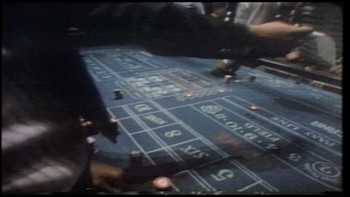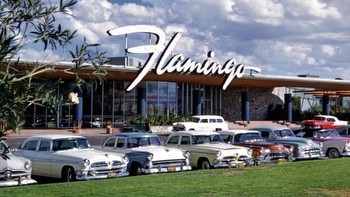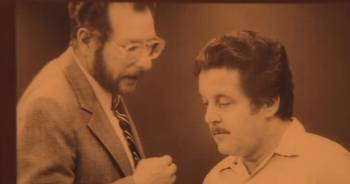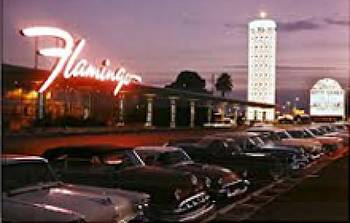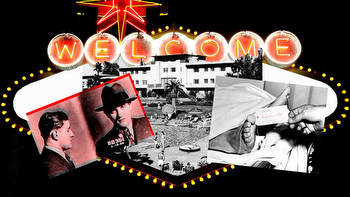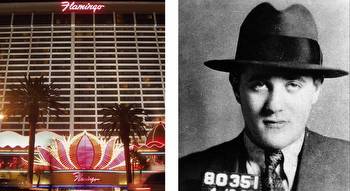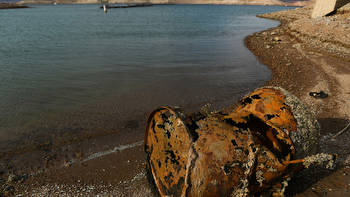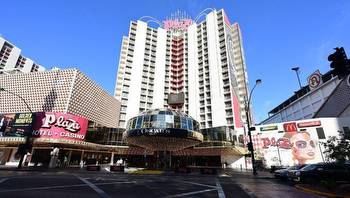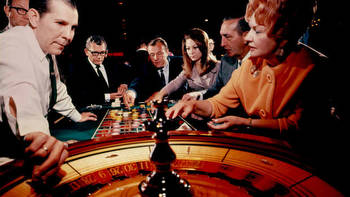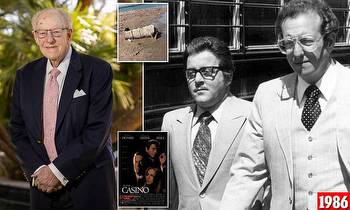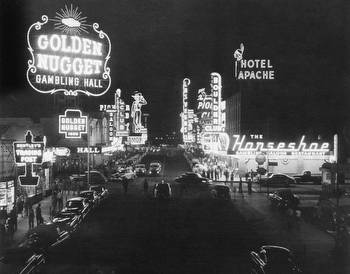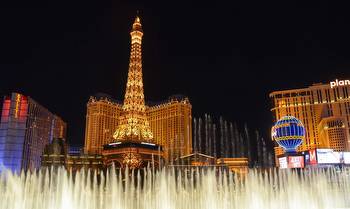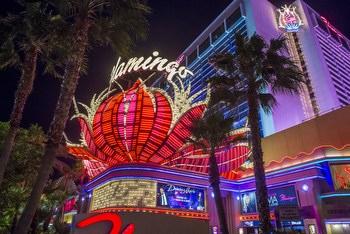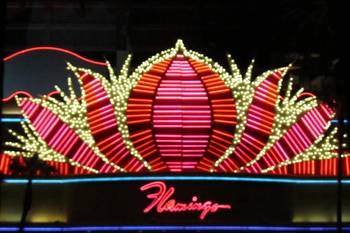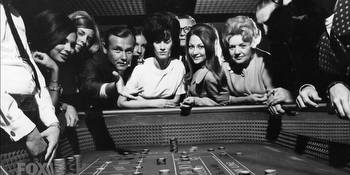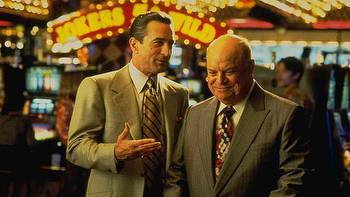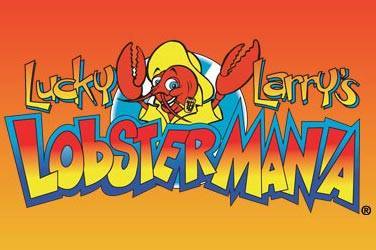Tough little town: How Las Vegas grew from dusty railroad stop to gambling mecca

LAS VEGAS (KTNV) — Las Vegas has grown from a railroad stop to a gambling metropolis in the desert in just 118 years. Some say The Mob could be credited for some of that growth.
"The Mob did play somewhat of a positive role in the development of Las Vegas," said Geoff Schumacher, vice president of exhibits and programs at The Mob Museum.
This tough little town started as the halfway point of a rail route connecting Salt Lake City and Los Angeles, created by railroad builder William Clark in 1905.
The town sprouting up beside the tracks soon became an adult playland offering gambling and prostitution for gold miners who came to town.
After the construction of Hoover Dam and Nevada legalizing gambling in 1931, Las Vegas took off, bringing in some new visitors.
"Mobsters really come to Las Vegas in the 1940s, and that's because of our gambling industry," said Claire White, director of education for The Mob Museum.
White says some of the names making their way to Las Vegas in the early days were Meyer Lansky and Bugsy Siegel. They invested in the El Cortez in downtown Las Vegas and aided in the building of the Flamingo Las Vegas.
"The Mob was essentially involved in all aspects of our casino and hospitality industries at the beginning of the resort era," White said.
Over the years, the mob would become incredibly important to the rise of Las Vegas' major resort casinos, White said, with mobsters investing in the Tropicana, the Thunderbird and the Stardust hotels. That helped launch the careers of magicians Siegfried and Roy and ended up becoming the home of Mr. Las Vegas, Wayne Newton.
"Even shopping malls, hospitals, golf clubs across the city built in the 1950s and '60s often had some form of mob financing connected to it," White said.
Former Mayor Oscar Goodman, who was the attorney for some of those reputed mobsters, says it was a great time in the city's history.
"I was here during the heyday, when everything was for nothing," Goodman said. "Really, it was a wonderful, wonderful place. Everybody knew each other."
Goodman defended a former bartender for the Golden Nugget who was indicted in Miami in the very first wiretapping case in the U.S. From there, he got a reputation for winning cases involving reputed mobsters.
Before long, Goodman would become legal counsel for Lansky, the Mob's accountant who was accused of skimming from the Flamingo Hotel.
Goodman was able to get Lansky acquitted due to Lansky's poor health.
"That was it," Goodman said. "From that point on, I think I got calls from every 'reputed' mob case in the country."
He would go on to represent some more familiar names, like Frank "Lefty" Rosenthal and Anthony "The Ant" Spilotro, two men whose stories were portrayed in the 1995 film "Casino."
Goodman says in 1970 he was able to get 19 cases thrown out due to a clerical mistake.
"They said I was a genius," Goodman said. "I'm not a genius. I'm a lucky fellow, I'll tell you that."
You may hear longtime locals say it's a time they look back on fondly. But others say that nostalgic feeling hides the criminal activity that took place.
"We were a much smaller community," White said. "It was a different time. A lot of things that maybe seemed better, it was just a veneer, because there is that criminal element, there is the violence."
"I think their influence has always been somewhat overblown, and they're kind of given a pass for being as bad as they were," said retired historian Mark Hall Patton.
A big concern for federal and local officials was the skimming taking place in casinos, said Schumacher, who covered Las Vegas as a journalist for 25 years and has written a book about the days when the mob was still around.
He says casino skimming meant the mob was taking money off the top of the winnings before taxes and sending it back to the leaders of their operations across the country.
"The skimming is illegal, obviously, and also takes money from the coffers of the State of Nevada," Schumacher said. "So this was the primary focus, trying to catch and figure out how these mobsters were doing this."
Operations in the Neon City run by the likes of Bugsy Siegel, Frank "Lefty" Rosenthal, Marshall Caifano and Tony "The Ant" Spilotro continued for decades.
"If you were willing to work hard, you made a good living here" Goodman said. "Green was the color. Everything was cash."
It's a part of Las Vegas' past that can still be felt to this day.
"They brought their expertise here in the '40s, '50s and '60s, to the point where Las Vegas became the premier place in the world to gamble and to go see entertainment and all the rest," Schumacher said. "And the mob has to be given some credit for that."
Coming up in part two of our special report, we take a deeper look at some of the biggest mob names here in Las Vegas and how the feds and local authorities finally forced them out of the city.
The second and final installment of "Tough Little Town" airs Wednesday, Sept. 6 on Channel 13 and ktnv.com/live.









